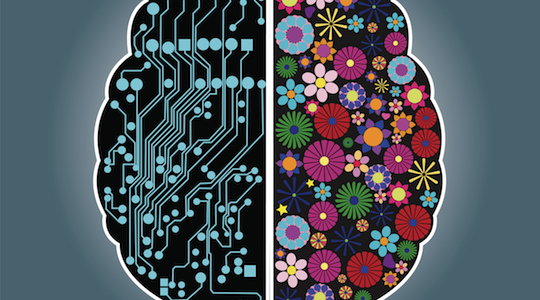Data driven marketing: a new era of interpreting information
Share

We are entering a new era requiring professionals with both right and left brain skills, writes Nitin Patwa.
Though the fundamentals of marketing are always going to be the same, the global trends that shape the future of marketing will keep on changing. Technology has connected the world but consumers still resist homogenization and prefer individualization. Thus it is paramount to engage consumers more contextually and consistently by providing them with timely and relevant information to enhance customer experience.
This new wave of connecting contextually to build a lasting and profitable relationship with customers is pushing marketers to quickly pace with technological advancement and leverage on data driven marketing and data driven decision-making in order to improve marketing effectiveness, obtain substantial competitive advantage and simultaneously optimize the return on investment.
Data driven marketing techniques focus on the analysis of the internal and external data and integration of this information into development of products and services. This process ensures richer contexts for consumers and facilitates acquisition of new customers and retention of current customers. Huge volumes of data coming from various sources such as blog posts, social networking sites, white papers or e-mails help marketers to create content that works best to understand and prevent product failure, develop timely segmentation strategies and so on.
Such data driven information apart from providing help to marketers also enables a more detailed level of insights in order to improve operational efficiencies and financial forecasts. Therefore, a data-driven approach can lead to cost reduction, cost avoidance, and increase in the company’s productivity and efficiency.
Omni-channel marketing executes and delivers interactions to engage the customers across traditional and digital channels. However, this advantage comes with a few challenges, one of which is information chaos.
Hence it is essential to organize the data into desired output so as to achieve valuable and actionable insights that will enable positive impact and delivery of meaningful and cohesive communication. Different forms of data from different sources need to be archived and analyzed in the way that allows improvement of marketing effectiveness. For this reason there is a need to hire the next generation of professionals who not only are creative and right-brained individuals but also possess strong left-brained skills. This unique collaboration of right-brain with the left-brain capabilities can equip the professionals with the ability to combine creative thinking with analytical expertise that can add value across successive horizons to both the organization and its stakeholders.
Organizations and employers are looking for specialists who can address marketing problems by integrating mathematical and statistical models, prepare a marketing plan using customer insights, inspire to design and implement data driven marketing strategies for the organization and help provide practical and cutting-edge competitor analysis by utilizing segmented feedback and positioning.
Such a business-centred proposition allows enterprises to leverage data assets more effectively by improving the availability and accuracy of the information that businesses can apply in the everyday processes to generate better prospects to win customers and compete in the market.
Nitin Patwa is a professor at J P Jain School of Global Management.















